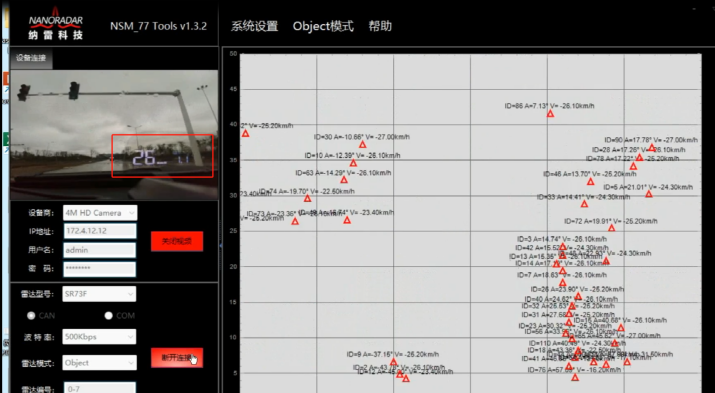When applying radar technology to low-speed vehicles,have you encountered the following issues?Exposed wiring,complex installation,cluttered vehicle appearance......

Simple and Efficient
Hidden wiring for a clean vehicle appearance: Cables connect directly from the back of the radar to the interior of the vehicle, completely eliminating the messy "external dangling wires" of traditional side-exit designs. The vehicle maintains a clean, factory-installed look, meeting manufacturers' stringent requirements for neatness.

Easy maintenance: During servicing, there’s no need to disassemble the entire wiring harness—simply press the aviation connector’s latch to instantly detach the radar module, improving maintenance efficiency.

Aviation-grade connector protection, rigorous housing testing
Equipped with aviation-grade waterproof connectors, rated IP67, resistant to rain, mud, and other harsh conditions encountered by industrial vehicles.
The housing also meets IP67 standards and has undergone over 10 stringent tests, including 7-level waterproof validation and salt spray corrosion simulation, ensuring stable radar performance in all恶劣environments and reliable protection for driving safety.
Improved range, enhanced functionality
Compared to the SF73F (side-exit wiring), the rear-exit radar offers 15% longer detection range and more stable performance, capable of consistently tracking targets even at large tilt angles (±50°).
Self-speed detection for precise speed control: Measures the vehicle’s own speed and outputs real-time data with an accuracy of ±0.28 m/s, enabling faster obstacle avoidance responses in dynamic scenarios and adding an extra layer of safety for low-speed vehicles.

7 adjustable sensitivity levels for flexible configuration: Sensitivity can be set from levels 1 to 7 (lower values indicate higher sensitivity). Higher sensitivity improves target detection and reduces missed alerts, while lower sensitivity reduces false alarms.


